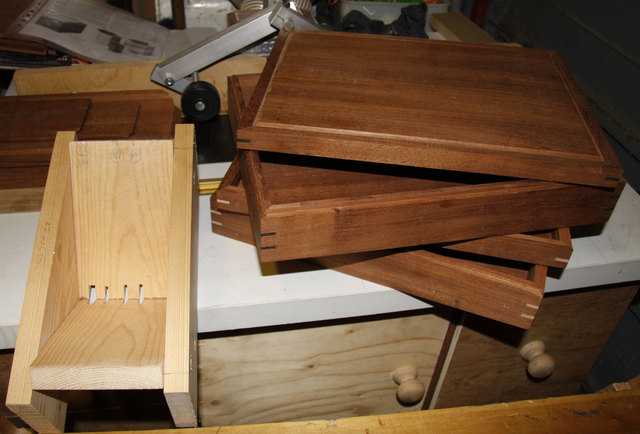Lons
Established Member
thecoder":197igoot said:Would be interested to hear your thoughts on this guys teqnique for closing the last joint....might be worth skipping to the back end of the video for you experienced blokesits about the 5 minute mark
http://www.youtube.com/watch?v=9m4jEiekLKY
I use stretchy pvc repair tape and clamp the 4th corner to a simple L jig though I have picture framing clamps which can sometimes be used.
Never seen the final corner done like that - interesting :!:
Thanks for sharing
I have used mitre bond successfully as well on small projects. I use this almost exclusively for cornice and pelmet in kitchen fitting and found it to give a very strong bond in a matter of seconds. http://www.axminster.co.uk/mitre-bond-a ... rod782749/ Can get similar from Screwfix / Toolstation etc. often with spray activator rather than pen
Bob





































